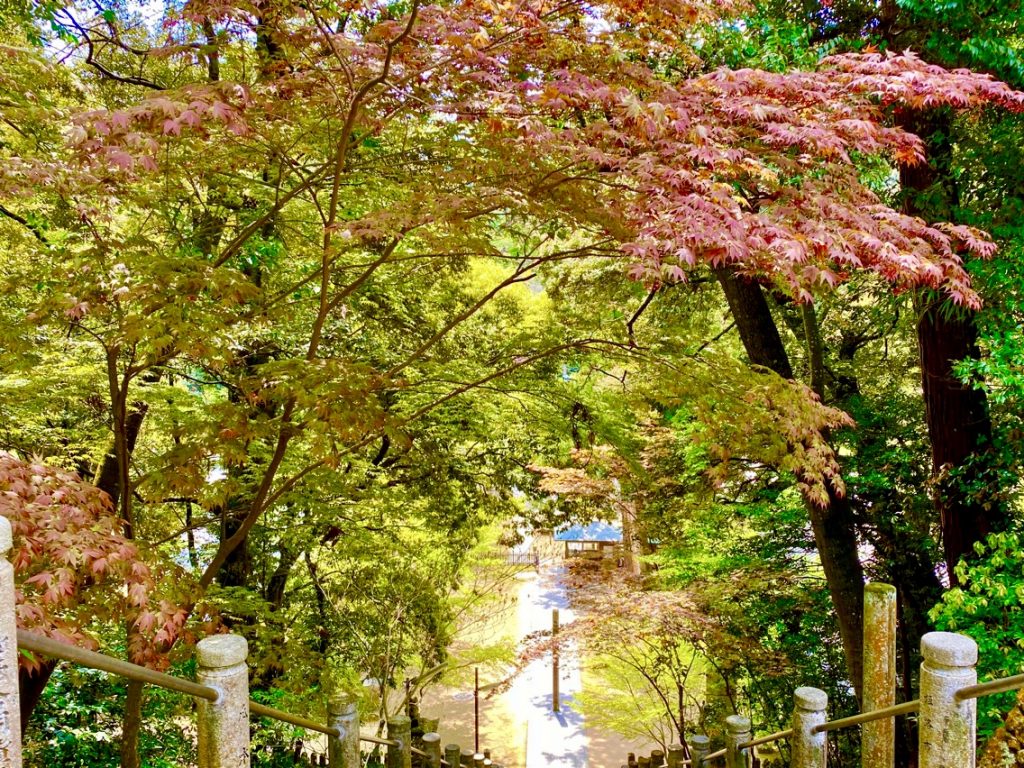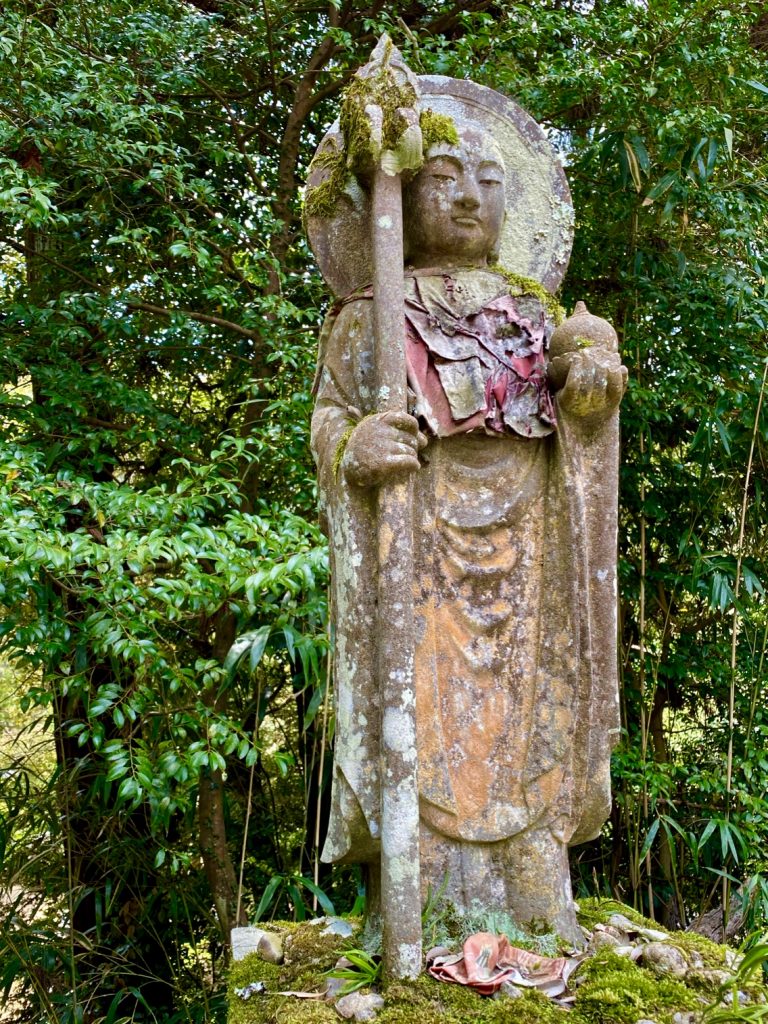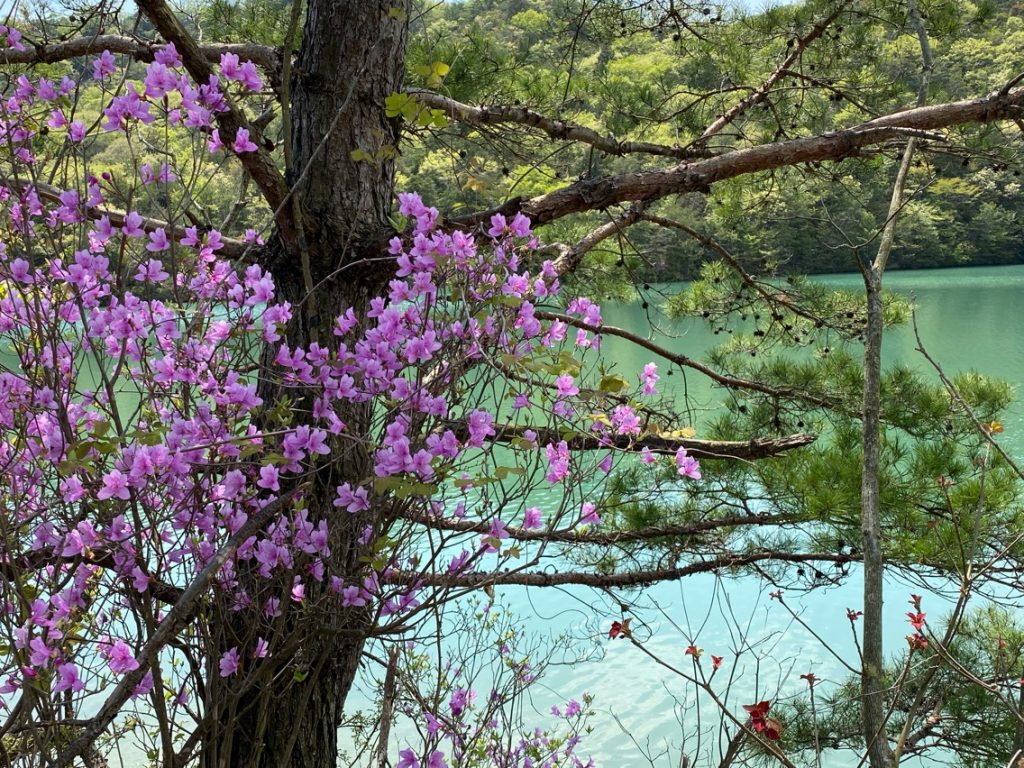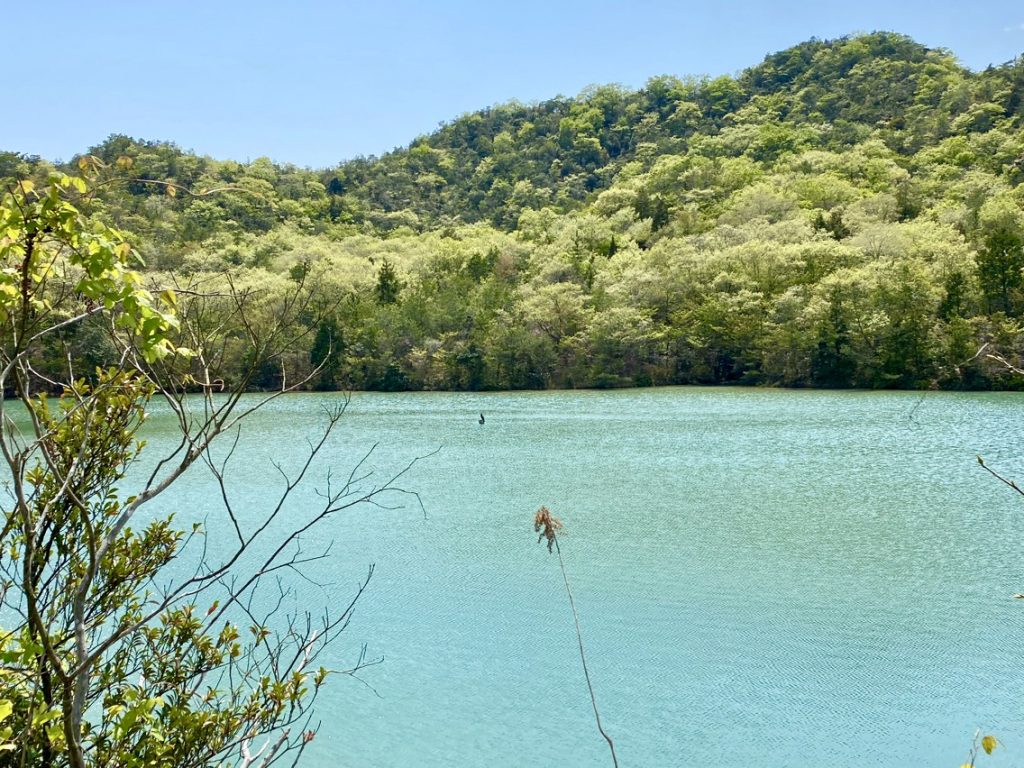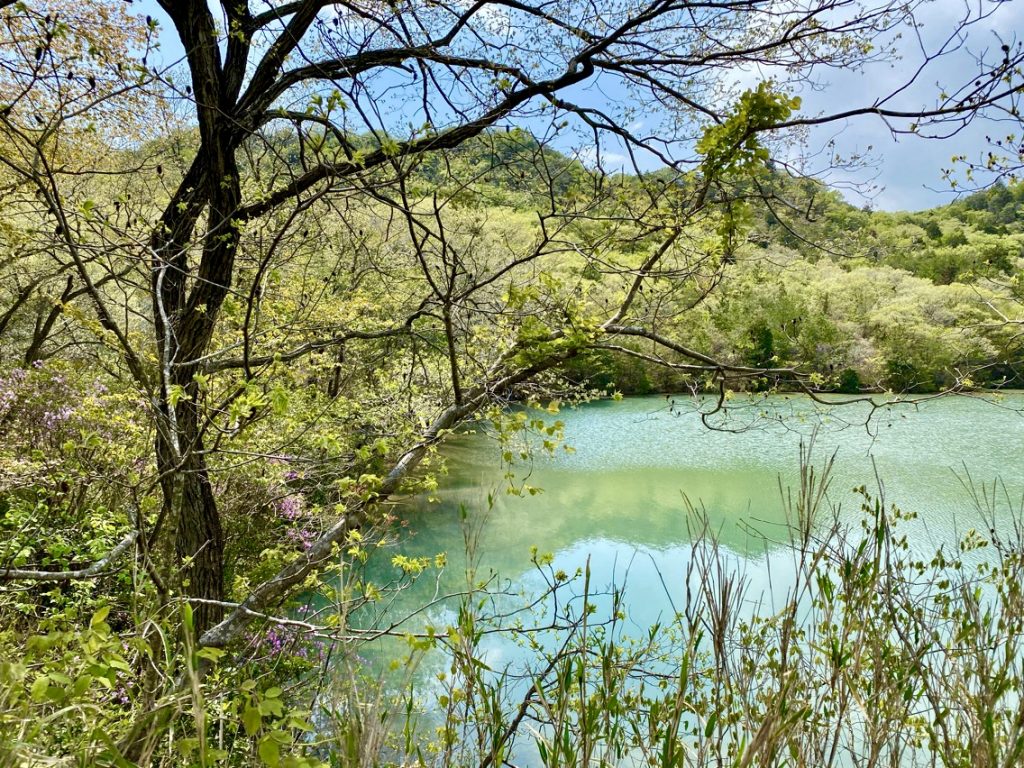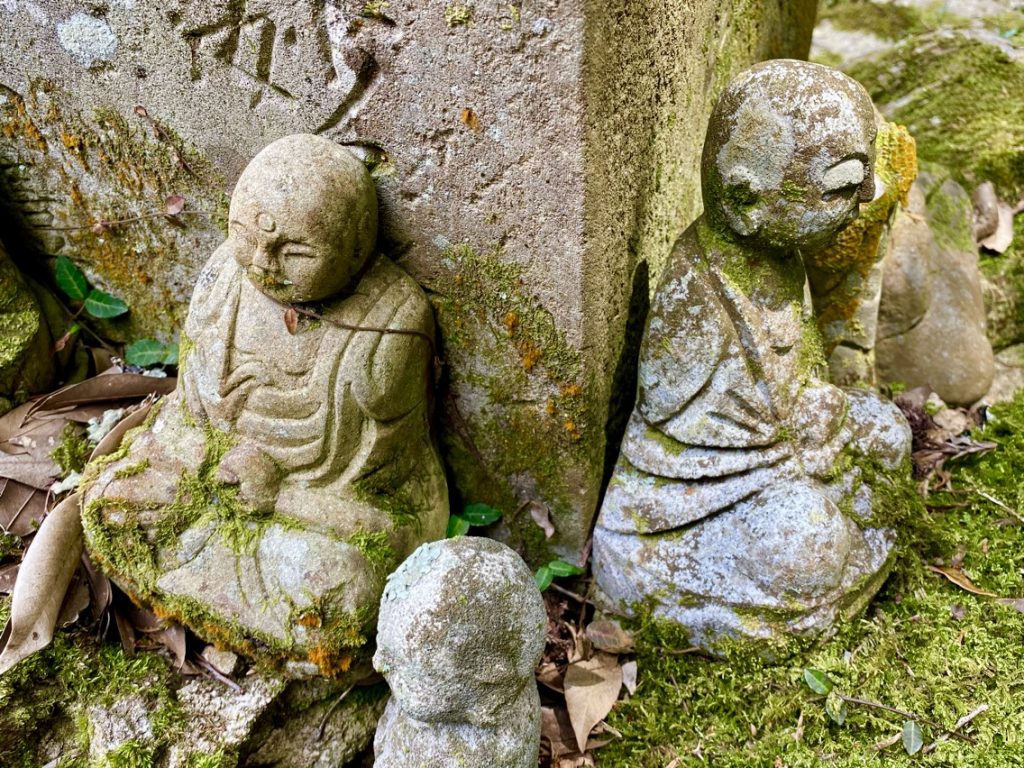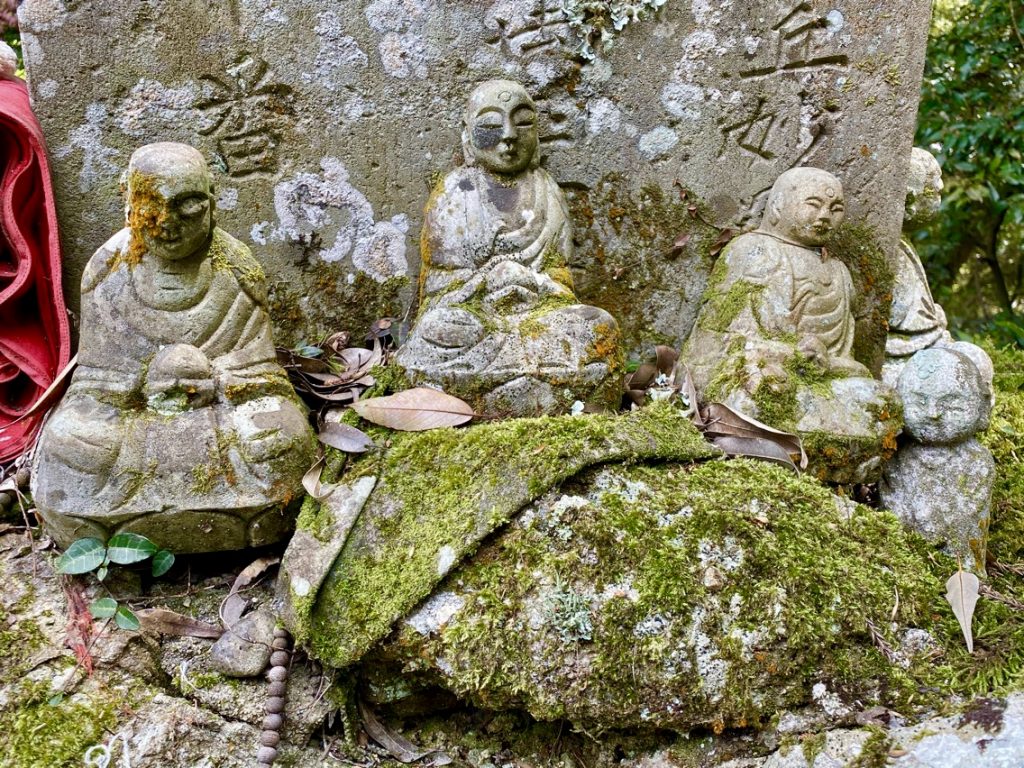Day 42 - The Road To Enlightenment - Walking The Saigoku Kannon Pilgrimage - Ichijo-ji Temple # 26 In Hyogo, Japan
Day 42 - The Road To Enlightenment - Walking The Saigoku Kannon Pilgrimage - Ichijo-ji Temple # 26 In Hyogo, Japan
This morning, we talked about the fact that this pilgrimage has unfortunately become impossible to do completely on foot.
We have gotten many hotel cancellations, some of them for accommodations along parts of the route that were essential for a walking pilgrimage.
A pilgrimage is all about learning new lessons in life, and we have had to learn now to adopt our expectations to what actually was happening around us.
A part of me reminded myself that it was not a big deal.
So what if we did not walk all the distance between all the temples along the pilgrimage route?
The most important thing is that we are healthy and strong, and are most likely to finish this pilgrimage in one go.
Most people do it over multiple years, the same way we are walking the Via Francigena.
It is going to take us three years to finish walking the Via Francigena.
We could have done it in three months, but we wanted to savor the experience and sightsee in beautiful places along the way, not just rush through it.
With this in mind, we continue to visit the temples located west of Kyoto by train, walking back every day for 4-6 hours along the route.
We are grateful that all the trains and buses are running, and that we have been lucky to find small eateries and cafes that are open along our walks.
Today we visited Ichijo-ji, temple #26.
By the time we arrived at the train station closest to the temple, we would have had to wait two hours for the next bus. Instead, we decided to take a taxi to get there, so we would have enough time to walk back.
The taxi driver felt a bit awkward when two foreigners wearing western hats entered his taxi cab.
We wore our face masks, as we now do whenever we take public transportation, to ease people’s minds.
He turned on a mini air purifier that sprayed misty ozone, which was very nice.
I wish this aspect of the coronavirus scare would become permanent.
There is alcohol disinfectant everywhere for customers to use, places are cleaned more frequently and taxis and hotels offer room ozonizers.
I love the smell of ozone, like fresh rain in a clean forest.
The taxi driver asked us some questions and pointed out to us the famous Himeji castle, saying it is the number one castle in all of Japan.
We told him we had visited this castle the year before, when we walked the Kannon 33 temple Chugoku pilgrimage.
He thanked us a few times for coming to his town.
He chatted with us, feeling more relaxed, realizing that we were not really foreigners, but human beings like him.
He told us that the lockdown is difficult and lonely.
People do not get together, and they are eating their meals alone at home.
We told him we feel the same, and hope that the lockdown will be over soon and not be extended.
He told us that he had heard that it is worse in the USA.
He said that he loves the USA.
He has never been, but he loves American movies, American sports and American songs.
He started to name the movie stars that he loves, and then he burst into song, and I joined him in singing a John Denver song.
Along the way, he pointed out to us all the places that were open.
All the sushi chain restaurants were open, and lots of small businesses were open as well.
We felt reassured that we would be able to find a place to eat on our walk back.
When we neared the temple, he pointed out to us how quiet and beautiful the countryside was.
He also shut off the taxi’s meter when it was just a bit over the amount he had estimated it would cost.
This little gesture of kindness has happened to us many times in Japan.
Taxi drivers have shut off their meters if they needed to make a u-turn to get us to a hotel, or when there was lots of traffic.
Ichijo-ji is a quiet, rural temple.
There are stone steps leading up to the old wooden three story pagoda, (built in 1171 ) and another set of stairs leading up to the main hall.
The main hall (built in 1628) is said to be one of the biggest original wooden temple halls in Japan.
Recently, it was discovered that much of the wood was being eaten by woodworms, and in a major renovation project that took about ten years, much of the wood was replaced, to preserve the old hall.
The temple was established in 650 by the Indian priest Hōdō Sennin.
Sennin visited Kyoto and met the sick Emperor Kōtoku.
He prayed for the healing of the ill Emperor and when the Emperor regained his health, he asked Sennin to establish this temple and several other Buddhist temples in the region.
We met some people at the temple, but it was not very busy.
It had only one monk who was doing calligraphy stamps, and he was very friendly.
He sincerely complimented my drawing of the Goddess Kannon in the middle of our scroll.
After he heard us chant the Buddha’s Heart Sutra, he put his hands together and bowed to us very deeply, honoring us.
From the temple, we walked through the surrounding countryside.
It was a quiet nature walk, with only a handful of businesses along the way.
We came upon a nice cafe that was open.
The owner was alone in his big and wonderfully decorated cafe.
He had comfy antique chairs and old light fixtures.
He was surprised to see foreigners, but he was welcoming and he made us a lunch of sandwiches and a crepe.
We have decided not to be choosy about the food we eat.
If the place is open and we are hungry, we go in and rest.
Otherwise we might pass by many closed places, without finding anything open.
In the evening, before returning to our apartment, we stopped at one of our neighborhood supermarkets to buy ingredients for dinner.
We made ourselves a lovely dinner of cooked vegetables and a tofu dessert.
Wishing you a wonderful day/night and lots of love,
Tali and Jules
Daily stats:
Steps walked - 24,346
18 km. walked
Active walking time - 4 hours
Total walking time today - 6 hours.
Total walking distance on the Saigoku to date - 774 km
Temple Visited:
Temple #26 Hokkesan Ichijō-ji (法華山一乗寺)

